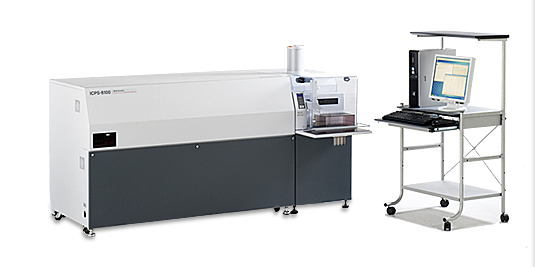Chemical Composition Analysis of NdFeB Magnets (ICP Atomic Emission Spectroscopy)
The chemical composition analysis of NdFeB materials generally includes:
1- Chemical composition analysis of raw materials, including the chemical composition of rare earth metal raw materials, as well as the chemical composition of industrial pure Fe, B-Fe alloys and other metals, such as Ga, Al, Nb, Zr, etc.;
2- The chemical composition of the magnet, an unknown magnet or a problem with the magnet needs to be analyzed, if the product quality is normal, it is not necessary to analyze. The chemical composition of the magnet includes rare earth metal elements, such as Nd, Pr, Ce, Dy, Ho, Gd, Tb, etc., and other metal elements, such as Cu, Al, Nb, Zr, Ga, Co, Ti, etc.;
3- Content analysis of other non-metallic elements, such as hydrogen, oxygen, carbon and other elements content analysis.
In this article, we mainly introduce the composition analysis of raw materials and magnets, and we will discuss the analysis of hydrogen, oxygen, and carbon in magnets in the next issue.
The composition analysis of NdFeB is the same as the composition analysis of iron and steel materials and non-ferrous metal materials, including traditional analysis methods and modern physical analysis methods.
The traditional analysis method is to use the color, mass and volume change of the reactant produced by the chemical reaction of a certain element and a certain substance in the material to carry out chemical analysis. This method is labor-intensive and personal experience has a significant impact on the analysis results, and has been rarely used in the quality control of NdFeB materials.
Modern physical analysis methods mainly use the wavelength and intensity of spectral lines emitted when electrons in atoms of a certain element bounce in different shells to analyze the elements and contents contained in materials. Modern physical analysis methods mainly use instruments for analysis, which can carry out multiple elemental analysis at the same time. The analysis speed is fast, but the cost is also high. There are three main types of modern physical analysis methods: plasma spectroscopy, atomic absorption spectroscopy, and atomic fluorescence spectroscopy. In the composition analysis of steel materials, rare earth metals and compound materials and rare earth permanent magnet materials, plasma spectroscopy is more commonly used.
ICP Atomic Emission Spectroscopy
ICP emission spectroscopy is an analysis method that combines inductively coupled plasma (ICP for short) and atomic emission spectroscopy (AES). It is abbreviated as ICP-AES spectral analysis. Spectral analysis.

